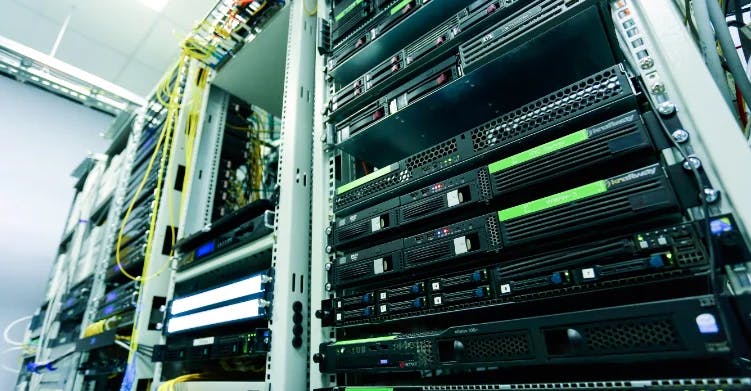
Planning and Strategy for Datacenter Moves: „Big Bang“ vs. Phased Rollouts
A crucial step in planning a data center move is deciding between a “Big Bang” migration and a phased move. Both methods have their advantages and disadvantages, and our experts always discuss the best approach closely with their clients. Factors such as the size of the environment being moved, subcontractor involvement, and many others play a role in this decision. Choosing the right strategy is essential to minimize downtime and ensure that all systems function properly after the move.
“Big Bang” Data Center Migration:
Advantages:
+ Time Efficiency: The entire move takes place on a predetermined date, which can expedite the overall process.+ Simplified Coordination: Since everything is moved at once, there are fewer phases and steps to coordinate.
+ Clear Execution: Once a plan is set, it is carried out without interruption, reducing confusion.Disadvantages:- Increased Risk: If issues arise on the migration day, significant downtime can occur. Everything must work perfectly.
- Less Flexibility: Making changes or adjustments during the move is difficult or impossible.
- Potential Commissioning Problems: If there are issues during startup in the new environment, substantial delays may occur.
Phased Data Center Migration:
Advantages:
+ Reduced Risk: Gradual relocation allows problems to be isolated and resolved without impacting the entire move.+ Flexibility: Adjustments and changes can be made between individual waves.
+ Continuous Operation: Certain parts of the data center can continue running while others are being moved. Disadvantages:- Time-Consuming: The entire migration process can extend over a longer period.
- Higher Coordination Requirements: Each wave requires its own planning and coordination.
- Potentially Higher Costs: Phased relocation may lead to higher overall costs, especially if resources are tied up for an extended duration.
Example Process for Data Center Relocation
Planning and Needs Analysis
Key Steps
* Assessing the Current IT Landscape: Understand the existing infrastructure, systems, and applications.* Determining the Scope and Requirements of the Move: Define what needs to be relocated and any specific requirements.
* Risk Assessment and Identifying Potential Problem Areas: Evaluate risks associated with the move and identify potential challenges.
* Creating a Detailed Migration Plan: Develop a comprehensive plan outlining tasks, dependencies, and timelines.
* Setting Schedules and Milestones: Define specific dates and milestones for each phase.
* Selecting and Coordinating Internal Teams and External Service Providers: Coordinate efforts among teams and subcontractors. Address IP address handover if there’s a new or different location.
* Inventory and Documentation: Document all hardware components and software applications.
* Creating Asset Lists and Network Diagrams: Maintain an inventory of assets and visualize network connections.
* Detailed Cable Documentation: Record cable connections to understand component interdependencies.
Preparation, Dismantling & Transport
Key Steps
* Ensuring Necessary Infrastructure: Ensure that the new location has the required infrastructure (power, cooling, connectivity).* Providing New Premises with Prerequisites: Make sure the new space is ready for the move.
* Professional Dismantling of Hardware and Peripherals: Carefully disassemble servers, switches, and other equipment.
* Secure Packaging and Labeling of Components: Safely pack and label all components for transport.
* Selecting Appropriate Transport Methods and Routes: Choose suitable transportation options.
* Implementing Measures to Prevent Physical Damage and Data Theft: Protect against physical damage and unauthorized access.
* Monitoring Transport and Coordinating Logistics Partners: Oversee the move and coordinate with logistics partners.
Installation, Validation & Support
Key Steps
* Hardware Setup and Connection: Assemble and connect the hardware in the new location.* Network Configuration and Application Settings Handover: Ensure that network configurations and application settings are properly transferred to the relevant parties or individuals.
* Testing and System Functionality Verification: Conduct tests to verify that all systems are functioning as expected.
* Functionality Check: Confirm that all services and applications are operational.
* Documentation Update: Keep documentation up to date with any changes made during the move.
* Support Provision: Provide ongoing support to address any issues that arise.
* System Monitoring and Issue Resolution: Continuously monitor systems and promptly address any problems.
* Adaptation to Changing Requirements: Regularly review and adjust the setup to accommodate evolving needs.
